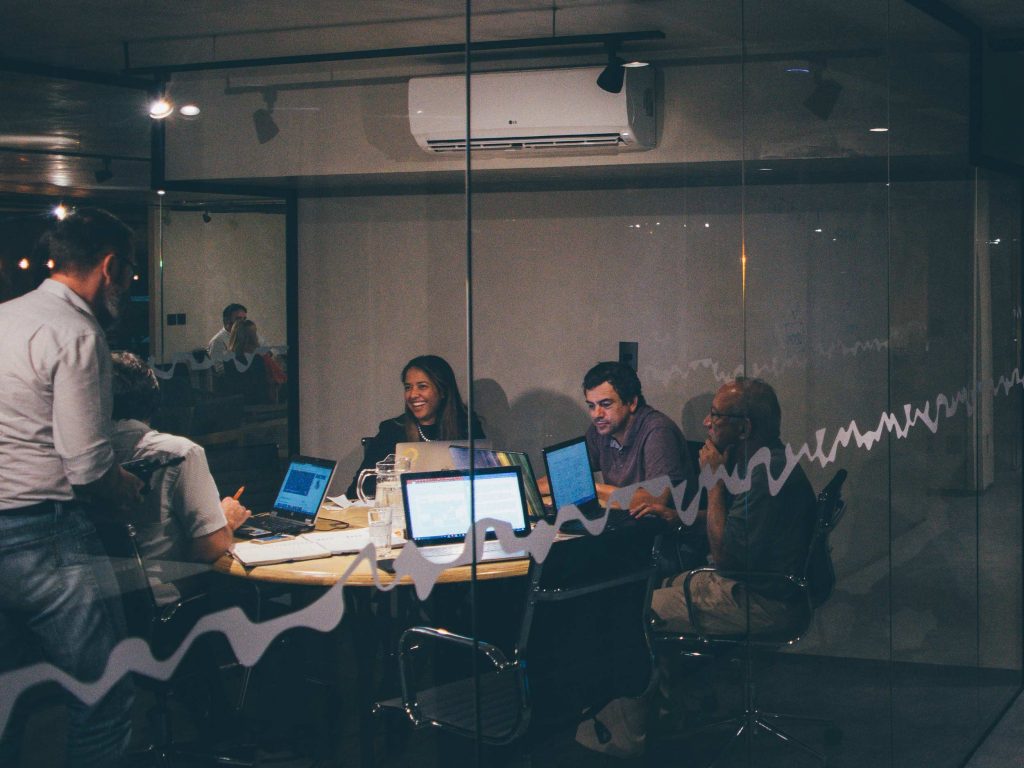
With some lockdown restrictions easing across the world due to the reduction of Covid-19 infection rates, employees have started to return to places of work such as offices or factories, and students have returned to school. Organisations such as CIBSE are working alongside the government to ensure that the guidelines created minimise the risk of spreading the virus inside these occupied buildings.
The current guidance from Public Health England (PHE) suggests that Covid-19 is transmitted through respiratory droplets from coughing and sneezing. These can then come into contact with others either directly or via contaminated surfaces.
However, there has been acknowledgement from the UK government’s Chief Scientific Advisor that airborne transmission could provide a way for Covid-19 to spread especially in spaces that are poorly ventilated. Therefore there has been strong advice to workplaces to boost their air ventilation to reduce the risk of the virus spreading through the air.
How to ensure your air ventilation systems will reduce the spread of Covid-19
CIBSE suggest that workplaces and educational institutions undertake the following key actions in order to help limit the spread of Covid-19 throughout the air:
- Understand your ventilation system within your building, and run the ventilation system, at a higher-volume flow rate.
- If possible, avoid the transfer of air from one room to another unless this is the only possible way of providing high ventilation throughout all occupied rooms.
- Single room air recirculation is acceptable when complemented by a form of outdoor air supply.
- Thermal wheels should be turned off but ensure that the pressure difference between supply and extract will need to be maintained. This will minimise any leakage flow from the extract to the supply side.
Mechanical ventilation recommendations
CIBSE recommends that buildings that have mechanical ventilation should extend their operation times and nominal ventilation should be established two hours before and after building usage time. CO2 setpoints should be set to 400ppm on in demand-control systems with that ventilation remaining turned on 24/7. Relative humidity should be set above 40% where applicable.
Despite that heat-recovery systems should not pose an increased risk, CIBSE does advise an inspection to ensure that there are no leaks.
There may be a risk of air leakage for thermal wheels. A higher pressure on the extract side of the thermal wheel can cause air leakage to the supply flow, particularly in poor installations. Make sure that heat-recovery equipment is inspected, and the pressure difference is measured with usual safety procedures. The CIBSE also says ‘it was more important to reduce contamination risk and protect public health than to guarantee thermal comfort’, so relaxing dress codes is recommended.
Air filter recommendations
HEPA filters should only be used in filter housings designed for this otherwise air may leak around the filter. CIBSE also says that ductwork systems are not a source of risk of contamination, therefore it is not necessary to make changes to normal duct-cleaning procedures.
CIBSE say that outdoor air filters are not seen as a high-risk source of Covid-19 contamination so there is no need to replace these, but please ensure that clogged filters are replaced as they reduce supply airflow.
PPE must be worn when changing filters, with the systems turned off. These filters must be then disposed of appropriately and safely in a sealed bag.
CIBSE recommends having a source of outside air (either natural or mechanical) if ‘split’ air-conditioning systems are used as there is a risk of spreading airborne viral particles. For fan coil units, a good source of outdoor air supply should be used to help dilute any possibility of an airborne virus.
How to check your chillers after lockdown
Cushman & Wakefield have published a guide on how to reopen commercial buildings after lockdown. This includes a checklist of assessing the physical condition of equipment, services and chillers.
Checking air-cooled chillers when returning to a building
- Clean all condenser coils and check for leaks and corrosion plus check controls for proper operation.
- Clean condenser fans by checking wear on bearings, examining belts and couplings and adjusting tightness if needed.
- Check the electrical disconnect and contactor for tightness and no pitting.
- Test the compressor oil for acid.
- Change oil filter if needed.
- Inspect the piping and compressor for any signs of leaks plus test refrigerant pressures.
- End with running a general system test to check for unusual noises, odors, and measure supply/return temperatures and system pressures.
Checking water-cooled chillers when returning to a building
Make sure to check the following things on your water-cooled chiller:
- The quality of condenser and chilled water chemical levels
- The condition of condenser water tubes, and clean if needed
- Refrigerant levels
- Refrigerant purge unit
- Oil heater and oil levels
- Motors and starters
- Finally run a general system test to check for unusual noises, odors, and measure supply/return temperatures on both condenser and chilled water and system pressures.
Your active chilled beams can be operated as normal as they form part of a ventilation system, whereas passive chilled beams do not bring outside air into the room so will need a good supply of outdoor air to enable them to operate without spreading the potential virus.
CIBSE suggests that room-air cleaners are effective if they include HEPA filter efficiency and devices that use electrostatic filtration principles can also work well. Air cleaners should be located within the center of the room. UV-cleaning equipment can potentially kill bacteria, but these kinds of equipment are usually only suitable for healthcare premises.
CIBSE guidance also states that occupants should not use any spaces with no obvious ventilation strategy if possible. However, if a space is used transiently such as stairways and corridors, make sure these are cleaned as robustly as possible.
If you’d like any advice on how best to manage your building space when it comes to the possibility of spreading Covid-19 through the air, please get in touch with us today.